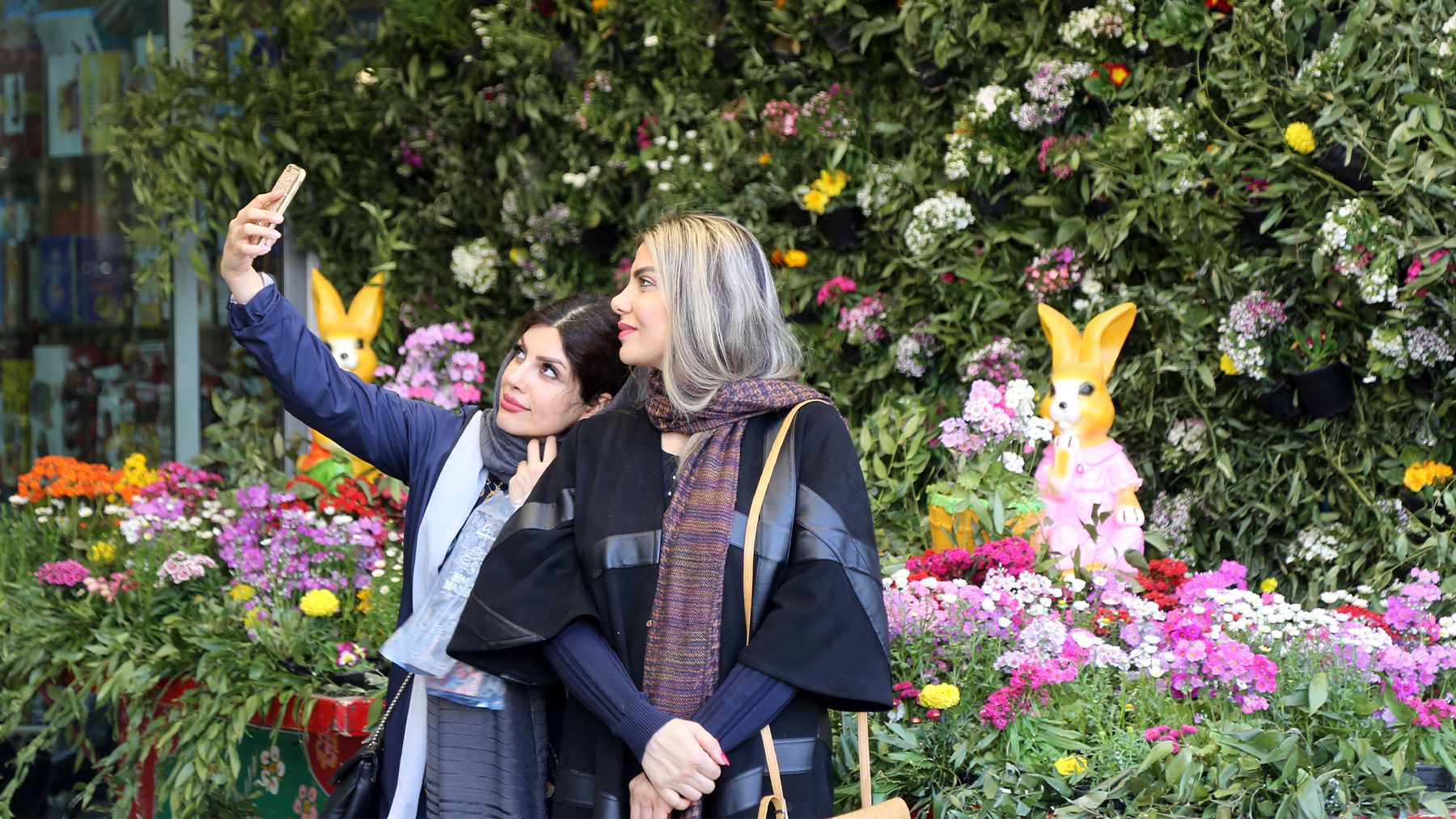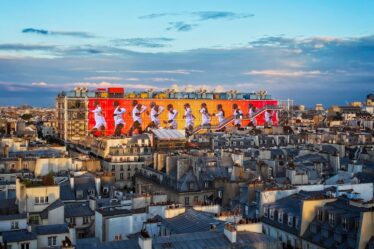

The Persian New Year shopping period accounts for a significant share of local retailers’ annual turnover, but this year’s takings are down due to economic headwinds and social unrest.
According to Majid Nami, vice president of Iran’s Textile and Clothing Production and Export Union, Nowruz normally accounts for around 30 percent of annual sales for companies across the country’s apparel industry.
However, this year Nami estimates that apparel sales during the Nowruz period will have fallen by at least 40 percent; for garments like manteaus and headscarves, sales could decline by 50 percent.
Nowruz, which took place on Mar. 20, is a traditional holiday in Iran celebrating the arrival of spring. One of the more ancient customs is buying clothing for the entire family over the course of the festivities which last for a week or more.
It is also a holiday in neighbouring countries such as Azerbaijan, Afghanistan, Kazakhstan, Kyrgyzstan, Tajikistan, Turkmenistan, and Uzbekistan, and is celebrated by communities in other markets in the wider Eurasian region.
Iranian fashion retailers, brands and manufacturers have noted a more cautious mood ahead of this year’s Nowruz shopping period.
The Iranian economy is still recovering from the pandemic amid a severe devaluation of its currency, the rial, and skyrocketing inflation. As recently as last summer, local fashion industry leaders were somewhat upbeat despite the ongoing challenges associated with western sanctions but things changed dramatically in September following the protests triggered by the death of Mahsa Amini.
Widespread social unrest has negatively impacted consumer sentiment and demand across the country. Companies serving younger demographics and lower-to-middle-income groups have been particularly affected.
Majid Eftekhari, a member of Iran’s Garment Manufacturers Union’s board of directors, told local business media Donya-e-Eqtesad that year-over-year clothing sales for the Autumn 2022 season fell by at least 50 percent in stores and roughly 70 percent online across the country.
According to Ramin Javanrood, co-founder of Tehran-based fashion brand Body Spinner, another reason Iran’s fashion market is suffering is that a large proportion of the industry needs to modernise their operations.
“Last year, I did my best to keep the sense of community and hope alive at my workplace. One of my primary objectives for the upcoming year is to maintain and stabilize our systems. In the current environment, just maintaining stability is considered an improvement,” Javanrood said.
Learn more:
The BoF Podcast | How the Power of Storytelling Is Igniting the Iranian Protests
Moj Mahdara and Dina Nasser-Khadivi speak with BoF’s Imran Amed about how creative communities from the Iranian diaspora are participating in the largest civil rights movement in Iran since the revolution in 1979.



